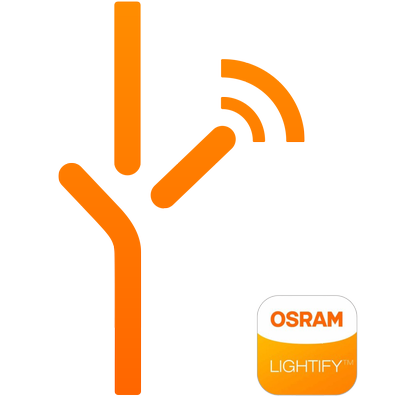It’s time for release 0.21 and it contains massive core improvements: replacement of our home grown HTTP stack with a standardized WSGI stack. This will improve performance, speed, security and make future development of advanced HTTP features a breeze.
This work was driven by the amazing Josh Wright. His knowledge, high standards and drive for security has helped improve Home Assistant a lot ever since he started helping out. Hip hip hurray for Josh!
Alright, time for the changes:



- New HTTP stack based on WSGI (@JshWright, @balloob)
- Frontend: lots of performance improvements (@balloob)
- Initial support for EnOcean lights, sensors and switches added (@rubund)
- Light: Osram Lightify is now supported (@olimpiurob)
- Light: Insteon Hub now supports brightness (@wkonkel)
- Add support for adding HA as Windows 10 tile (@fabaff)
- Condition: time condition can now cross midnight (@jaharkes)
- Template based sensors should now throw less warnings (@Bart274)
- New LIRC component allows receiving IR commands (@partofthething)
- The Feedreader component will now persist data to disk to prevent duplicate events (@shaftoe)
- Sun: azimuth attribute added (@fabaff)
- New Flux like switch platform to change light intensity in the evening (@nkgilley)
- We no longer crash if you live in a part of the world where the sun never sets (@balloob)
- Rollershutter: RFXTRX now supported (@jacobtomlinson)
- Switch: Template switches can now execute scripts (@kellerza)
- Z-Wave: automatically heal the network at midnight (@infamy)
- Sensor: DTE Energy Bridge now supported (@kylehendricks)
- Media Player: Kodi now supports different turn off commands (@armills)
Breaking Changes
- Our work in the WSGI stack is not fully done yet. We still have a minor issues where retrieving the error log in the about screen can raise an encoding error
- The API used to incorrectly accept a JSON body with form-url-encoded headers. Our cURL examples on the website used to be wrong and have been updated.
- Make sure your configuration.yaml file contains
frontend:to serve the frontend
Hotfixes 0.21.1 and 0.21.2
We released two hotfixes to address some issues that couldn’t wait till the next release.
0.21.1 - June 12
- Add eventlet to base requirements to resolve some installation issues (@balloob)
- GTFS will filter out routes in the wrong direction (@imrehg)
- Recover from rare error condition from LIRC (@partofthething)
- Z-Wave autoheal will no longer raise exception (@balloob)
- Alexa will now execute the script before making reply (@balloob)
- Fix MJPEG camera streaming (@stjohnjohnson)
- Fix frontend in older browsers (@balloob)
- Fix history in more info dialog being cut off (@balloob)
0.21.2 - June 15
- Fix input_select calling the set_option service again when changed (@persandstrom)
- Fix more info dialog not being able to open on Safari (@balloob)
- Add support for OPTIONS HTTP command to get CORS working (@JshWright)






